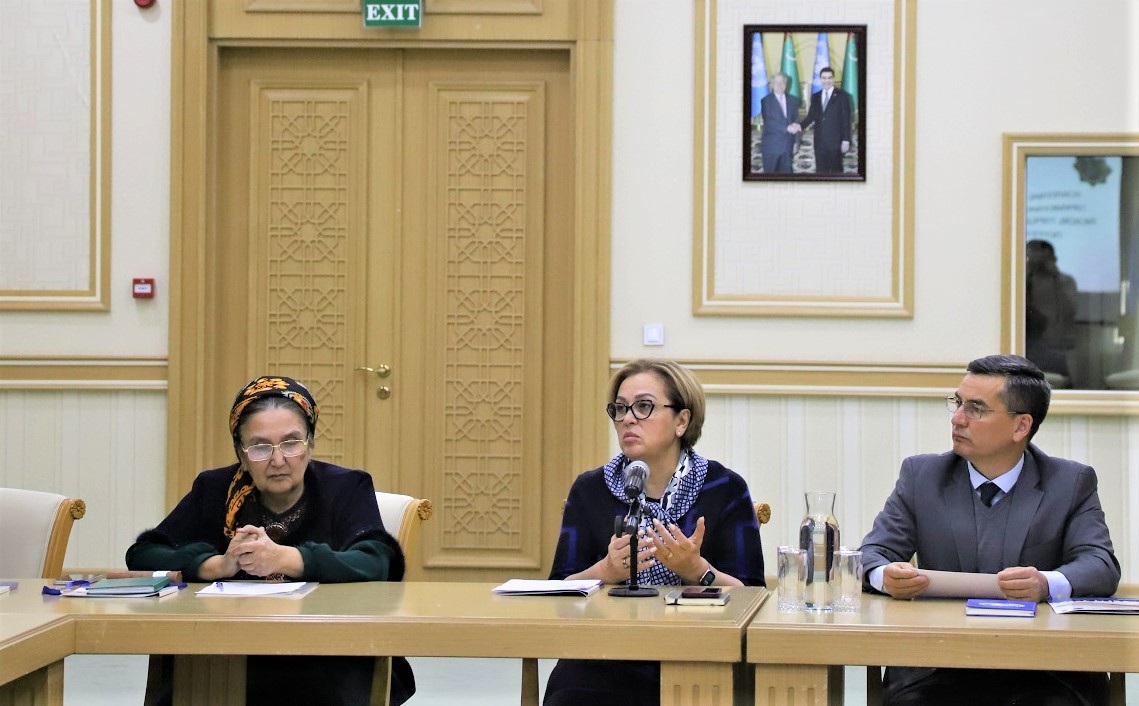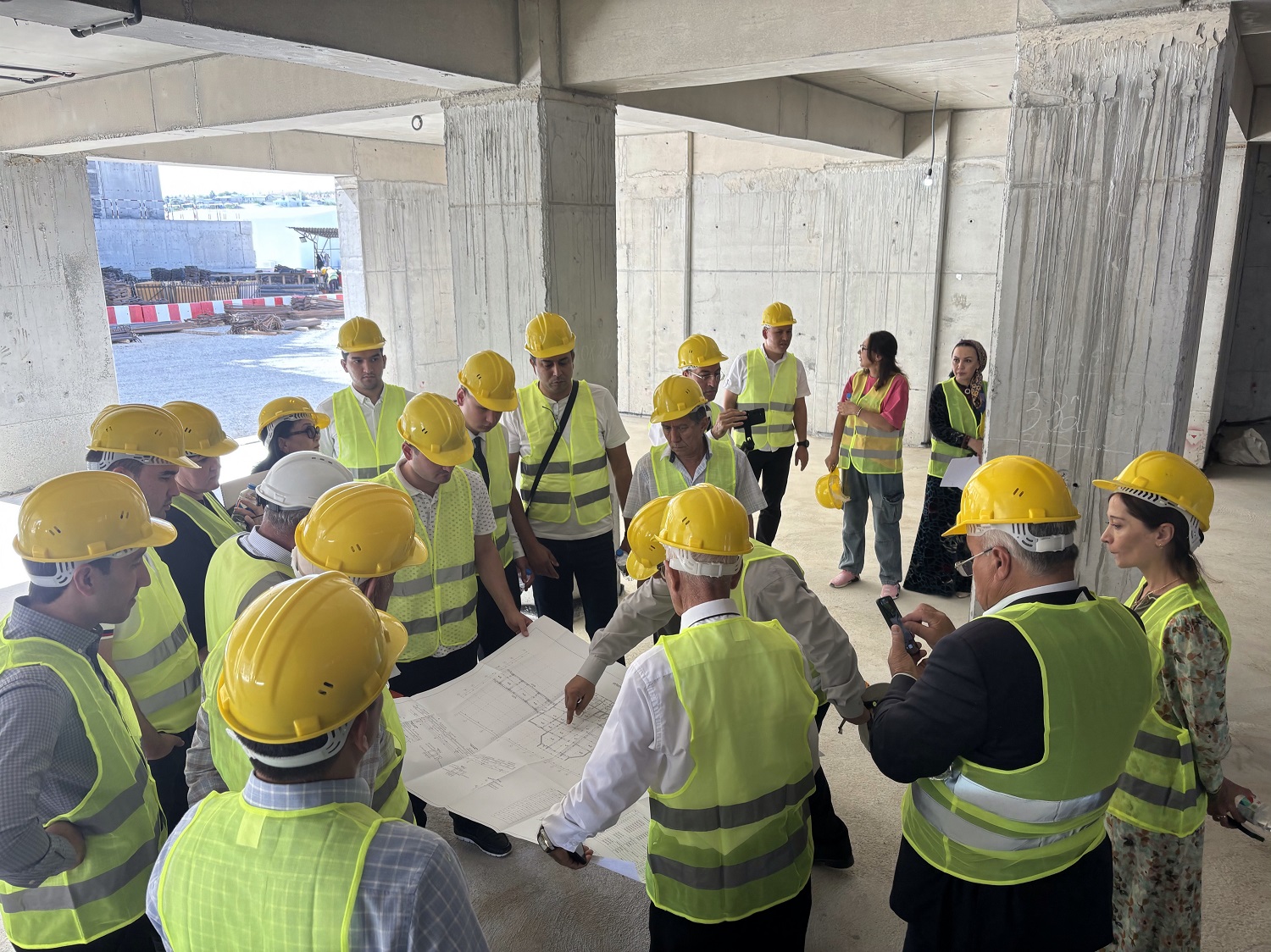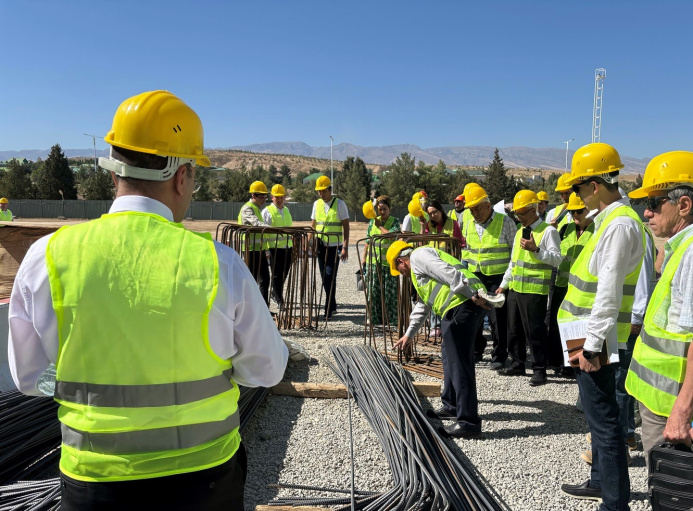UNDP and Government of Turkmenistan Conclude Landmark Project on Seismic Risk Reduction
31.07.2025 | 01:55 |The United Nations Development Programme (UNDP) in Turkmenistan, in close partnership with the Government of Turkmenistan, has officially concluded the project “Strengthening National Capacity for Seismic Risk Assessment, Prevention and Response to Potential Earthquakes,” marking a significant milestone in the country’s disaster risk reduction efforts.
Spanning from 2018 to 2025, the project has played a transformative role in enhancing Turkmenistan’s resilience to seismic hazards, particularly in the capital city Ashgabat, and in laying a strong foundation for disaster risk preparedness across the country.
The final project board meeting took place on 28 July 2025 at the UN Building in Ashgabat, bringing together all national stakeholders—including representatives from government ministries, scientific institutions, and local authorities—to reflect on the project’s key achievements and discuss next steps for sustaining and scaling up results.
“This project is a landmark achievement in our long-standing collaboration with the Government of Turkmenistan,” said Ms. Narine Sahakyan, UNDP Resident Representative in Turkmenistan. “It has not only helped the country build advanced tools and institutional capacity for seismic risk management, but also reinforced our shared commitment to protecting lives, infrastructure, and future development from natural disasters. The legacy of this initiative will continue to protect communities and infrastructure across Turkmenistan, strengthening the country’s preparedness and resilience to future disasters. We are proud to continue supporting Turkmenistan’s journey toward a safer and more resilient future.”

Funded primarily by the Government of Turkmenistan with complementary support from UNDP, the project achieved substantial results across three key areas:
• Seismic Risk Assessment in Ashgabat: For the first time, two GIS-based digital platforms were developed in Turkmenistan to assess seismic hazard and risk: ASTERHAZ and ASTERRISK. Detailed seismic risk assessments were conducted, including mapping earthquake-prone areas, studying active fault lines, and updating maps to show how different parts of the pilot area may be affected by earthquakes. In the pilot area, more than 40 buildings and over 10 educational institutions underwent instrumental field-based seismic vulnerability assessments.
• Institutional Capacity Building: Modern scientific equipment and software worth over USD 650,000 were provided to the Institute of Seismology and Physics of the Atmosphere of the Academy of Sciences of Turkmenistan (ISPA AST). More than 100 experts participated in specialized training. Educational materials, including a trilingual Terminology Dictionary and a Textbook on Seismic Risk Assessment, were developed and disseminated.
• Disaster Preparedness and Legislation: National guidelines on earthquake preparedness and seismic vulnerability reduction were developed for key ministries. A centralized seismic data processing center was established, accompanied by recommendations to enhance seismic monitoring systems. A new draft law on “Ensuring Seismic Safety” was developed to strengthen the national legislative framework for DRR.
The project’s success was made possible through the active support of the Government of Turkmenistan, ISPA AST, and key partner institutions—including the Ministries of Defense, Education, Health and Medical Industry, Construction and Architecture, as well as the Research Institute of Earthquake-Resistant Construction. Regional cooperation with seismological institutes in Uzbekistan, Tajikistan, and the Japan International Cooperation Agency (JICA) also played a vital role in achieving the project’s outcomes.

Looking ahead, the conclusion of this project represents not the end, but a critical milestone toward expanding seismic resilience nationwide. A concept for the Phase II of the Project has been developed, which will scale up seismic risk assessments to other high-risk regions—including Arkadag, Balkanabat, Turkmenbashi, and the Awaza National Tourist Zone—while further integrating seismic risk education and public awareness into Turkmenistan’s development agenda.
ORIENT











